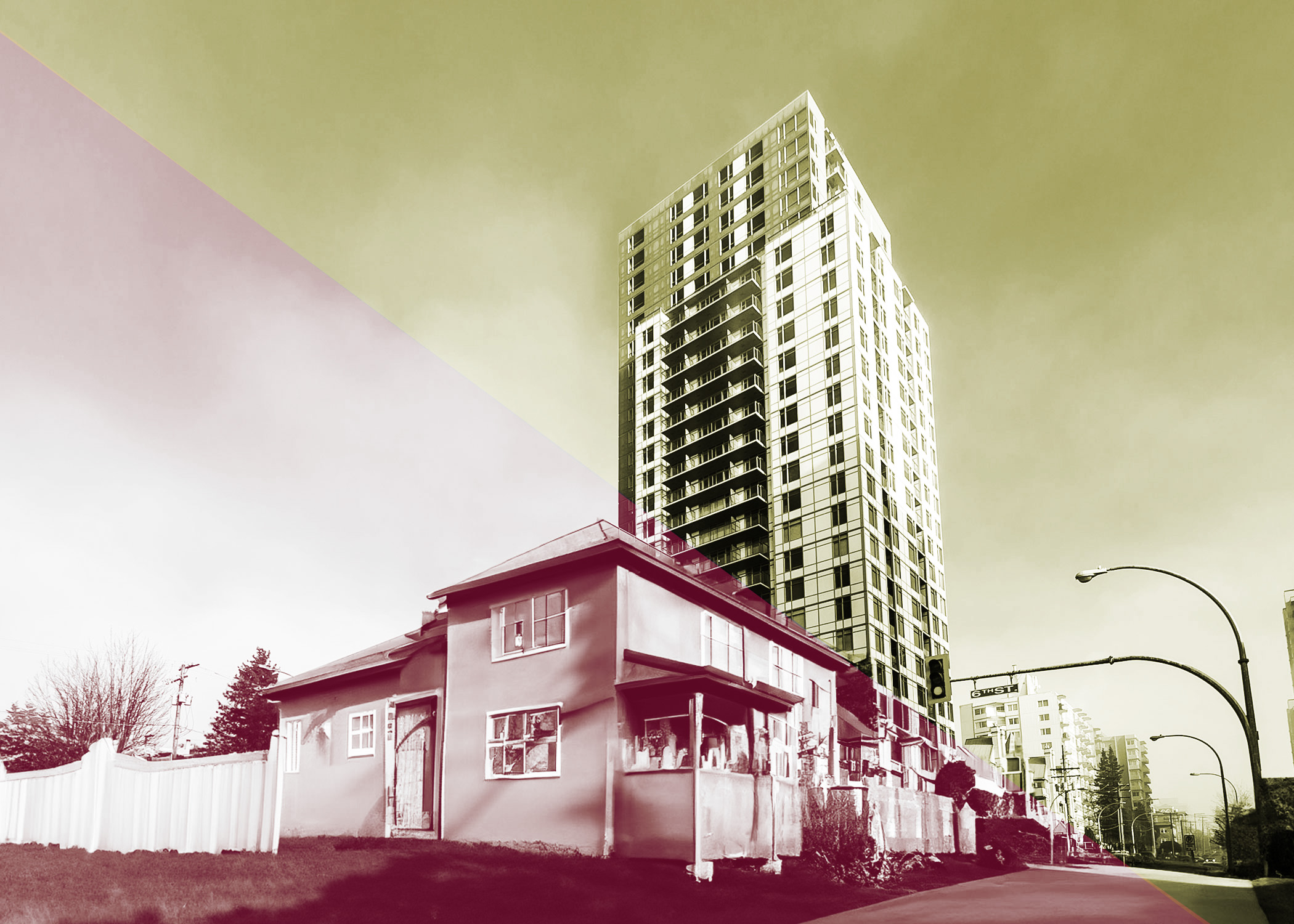Legislating density: Government intervention can’t command market reaction
Goodman Report

The provincial government sparked a flurry of interest when, in an effort to make more land available for much-needed urban housing, it passed legislation that increases heights and densities allowed on properties near transit stations and other so-called transit-oriented development (TOD) sites. It’s an important intervention. The provincial action either overrules resistant municipal governments or provides political cover for councils that might have wanted to increase density in these critical areas, but feared NIMBY backlash.
But, as we have advised our would-be sellers, this alone will not fix the complicated problem of creating new, denser housing developments, nor will it turn every neighbourhood into a sprawling construction zone. The legislation, while significant, does not change market economics or override the real estate concept of highest and best use.
Every week, we at Goodman talk to owners who are surprised to learn that their property is worth more in its current form than what a developer could afford to pay as a development site, even under these new, more-permissive conditions.
Highest and best use is a crucial analysis to determine the use of a particular property which results in the highest value, taking into account what is: legally permissible; physically possible; and financially feasible. With the new legislation, the government has changed the first variable, greatly expanding what’s legally permissible. But that won’t be enough to transform the development potential of many target properties.
In urban areas around Metro Vancouver, most potential redevelopment sites are already ‘improved’ – they have already been developed with residential or commercial buildings. We simply don’t have much vacant land in high-value locations, and when a property has been developed, at whatever density, even a generous upzoning may not be enough to make it attractive to someone interested in redevelopment. A new, higher-density project would still have to be financially viable, which means that the underlying land must be worth more to a developer than whatever exists on the site, already.
In Vancouver, the same factors that make sites desirable to developers also make existing buildings valuable assets in their own right. A cash-flowing apartment or commercial building might well be worth more to an investor than what a developer would be willing to pay. Especially in the current higher-rate economic environment, even low-density duplexes and single-family homes – which are also in short supply in desirable transit-connected neighbourhoods – are often worth more to homeowners or buy-and-hold investors than what developers can afford to pay to tear down and rebuild.
To illustrate, consider a typical 33’ x 120’ lot in Fairview, improved with a triplex – each unit worth $1.5 million. Assume the lot is located in an area of the Broadway Plan permitting a floor space ratio (FSR) of 6.5 – allowing 25,740 square feet (SF) of buildable area. Anyone looking to develop the lot would have to come up with at least $4.5 million (3 x $1.5M) to match what three homeowners would pay for the triplex. The Broadway Plan also requires a 150-foot minimum frontage on most new, high-density projects, so a developer would also have to assemble five of these 33’ lots, convincing 15 different owners to sell. Moving is expensive and inconvenient, so developers might also have to pay a premium to motivate owners who are otherwise happy in place. Even a 20% premium (many sellers expect more) would push the land cost to $5.4 million per 33’ lot, or $210 per buildable square foot ($5,400,000 / 25,740).
In the example above, a developer would prepare a pro forma, an economic plan for the property, weighing the price of the land, plus the other hard and soft development costs, against the expected revenues for a new building. If the price of the land is too high to leave room for a profit, the developer will look elsewhere.
The new provincial legislation will help shift the highest-and-best-use calculation in favour of redevelopment on many properties, especially those in lower-value neighbourhoods and those within 200 metres of a Skytrain station where the highest densities will be permitted. Moving further out, where permitted densities are lower, and in neighbourhoods where existing property values are higher, the opportunities drop off quickly.
How many properties will become viable development sites will depend on the forthcoming details. Different permitted uses have different economics and, therefore, support different land values. For example, a property designated for market strata condos may be viable for redevelopment, while one allowing only secured rental with 20% of units at below market rents may not.
This gets to a final point: while the government cannot necessarily intervene to make a project viable, it can do a lot to take viability away. For example, each time a municipality layers on size or frontage restrictions, requirements for below-market units, or increases Development Cost Charges (DCCs) or Community Amenity Charges (CACs), it becomes harder to meet the highest-and-best use test. This inevitably leads to fewer properties trading hands and ultimately fewer new homes being built.
We at Goodman are always available for consultation, and we are uniquely capable of providing reliable land-valuation estimates. And the legislative changes make it worthwhile for many landowners to review the possibilities of their portfolio. But it’s best not to celebrate – or panic – too early. Notwithstanding this particular government intervention, the market remains an effective moderating force.